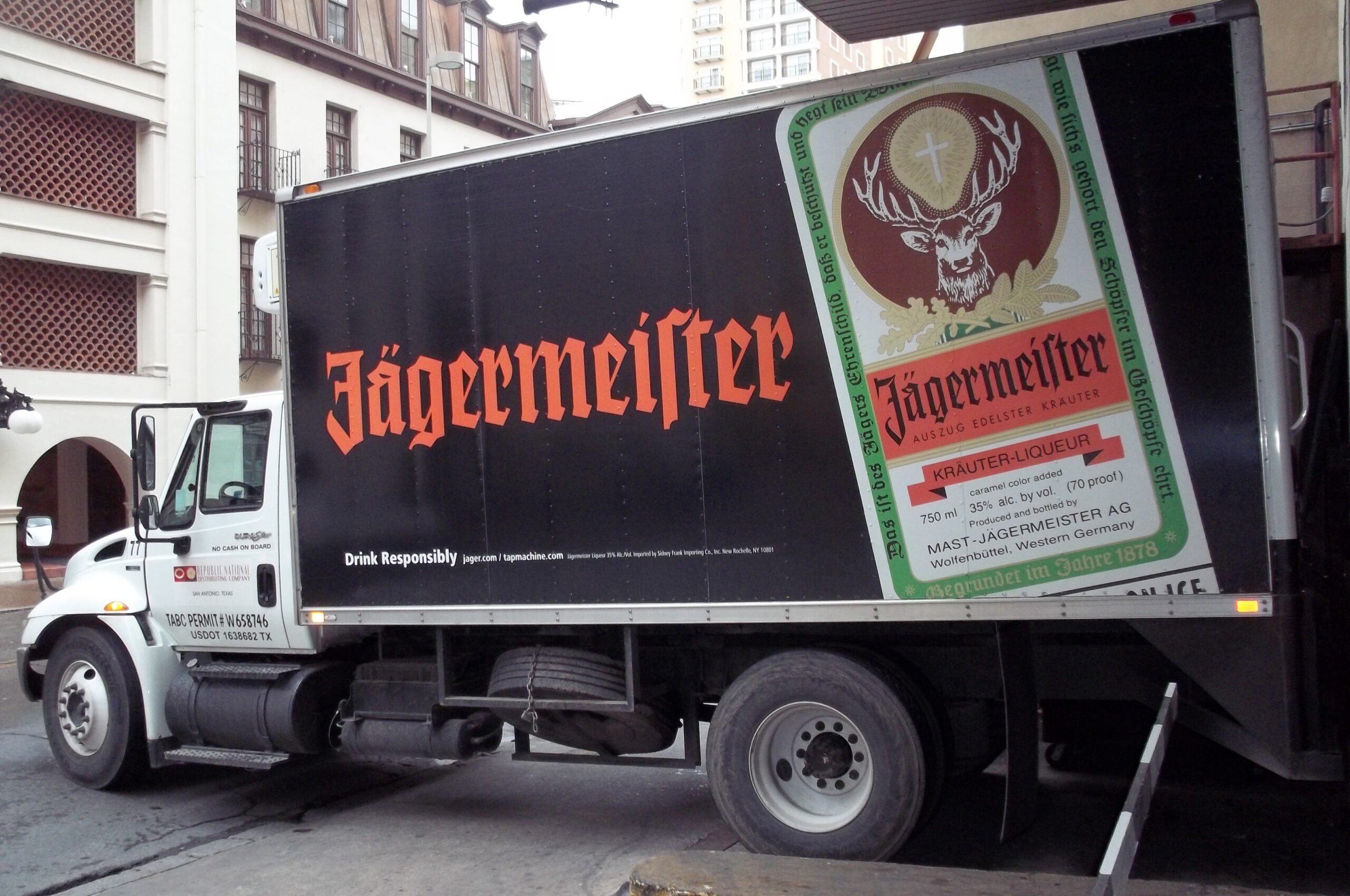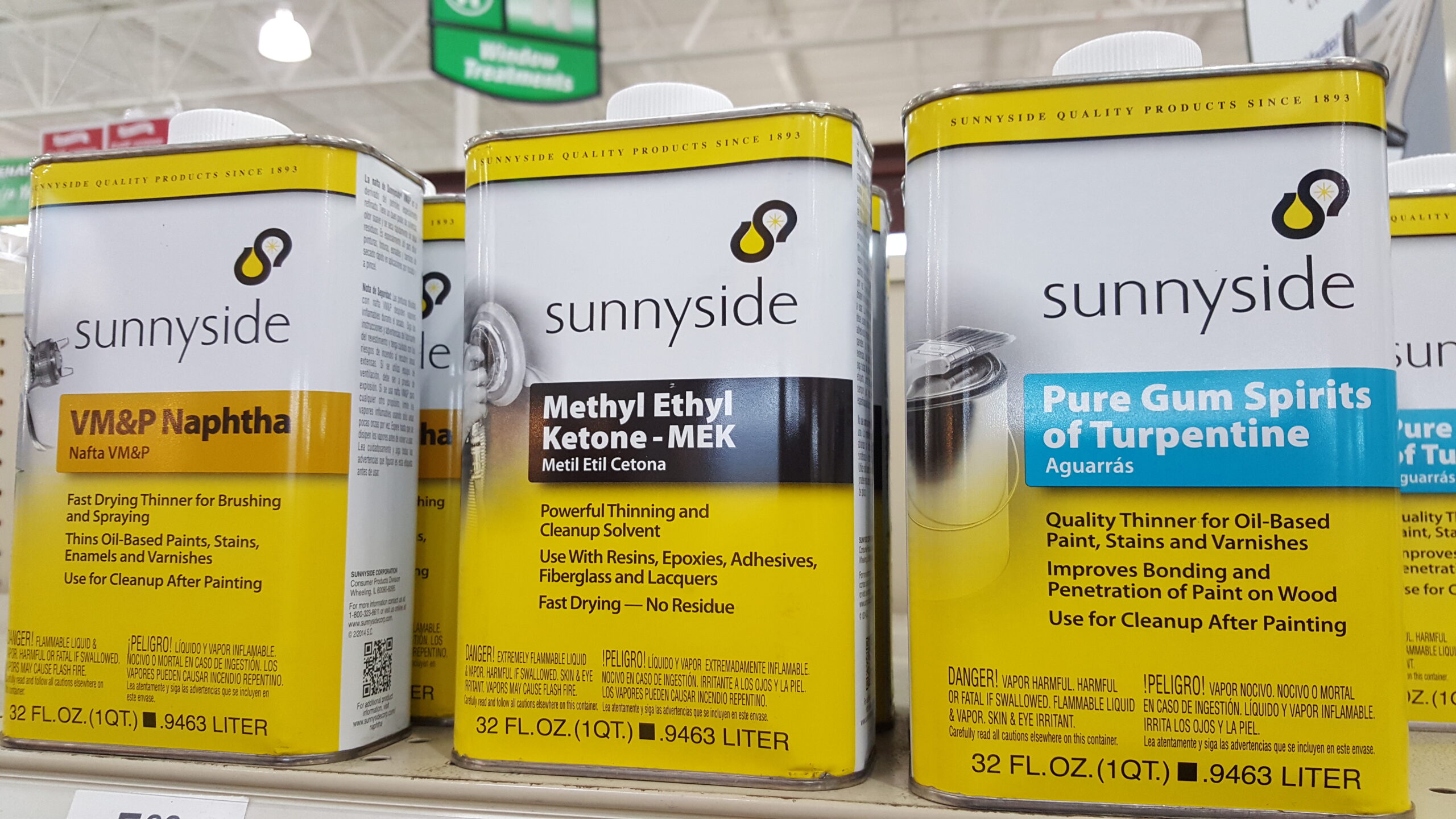The US EPA has identified two different categories of hazardous waste: characteristic and listed. Characteristic hazardous waste must exhibit specific characteristic as defined at 40 CFR 261, Subpart C. Usually lab analysis by a US EPA-approved test method plays an important part in characteristic hazardous waste determination, though not necessarily the only part. Characteristic hazardous waste includes the following:
A listed hazardous waste must meet the defined use or status as listed at 40 CFR 261, Subpart D. Analysis usually plays a minor role in determining if a waste is listed; safety data sheets (SDS) and generator knowledge are much more important in making this determination. Listed wastes include the following:
- F-listed waste from non-specific sources of a manufacturing process –waste codes F001 to F039.
- K-listed waste from specific sources of a manufacturing process – waste codes K001 to K181.
- P & U-listed waste from discarded commercial chemical products, off-specification species, container residues, and spill clean-up materials – waste codes P001 to P205 and U001 to U411.
The F-listed hazardous wastes can be further broken down into the following groups:
- Spent solvent wastes (F001 – F005).
- Wastes from electroplating and other metal finishing operations (F006 – F012, F019).
- Dioxin-bearing wastes (F020 – F023 and F026 – F028).
- Wastes from the production of certain chlorinated aliphatic hydrocarbons (F024, F025).
- Wastes from wood preserving (F032, F034, and F035).
- Petroleum refinery wastewater treatment sludges (F037 and F038).
- Multi-source leachate (F039).
Spent solvent wastes are the most commonly generated listed hazardous wastes because of their frequent use in manufacturing processes such as painting, degreasing, and cleaning. Just because you utilize a process similar to these or use a solvent in some other way, does not necessarily mean you must apply an F-code, instead the correct application of an F-code depends on how the solvent is used, the percentage of its constituents before use, and – for F003 only – whether or not the characteristic of Ignitability is present.
Keep in mind that more than one waste code (listed and characteristic) may apply to any waste. A D001 for Ignitability is common in many solvents. Depending on how it was used, a solvent may contain metals above the regulatory threshold and require a D-code for Toxicity.
Also, as I’ll note later, some of these determinations can be very tricky and the states have taken slightly different interpretations than the US EPA; be sure to check with your state environmental agency to assist you in your waste determination.
The first criteria in your waste determination is if the solvent in question is listed. The list of thirty solvents (40 CFR 261.31) includes many common ones such as: xylene, toluene, acetone, methylene chloride (aka: dichloromethane), and many others. It doesn’t include common solvents such as: mineral spirits or Stoddard solvent. If its technical name does not appear on the list, than that F-code would not apply, though other waste codes may.
The F-listed solvents are:
[table “42” not found /]
Interested in site specific training at your site that covers this topic, and more! Ask me about my Onsite Training |
Second, the waste must have been used as a solvent for its solvent properties, that is, to solubilize (dissolve) or mobilize other constituents. This includes: degreasing, cleaning, fabric scouring, extractions, reactions, and synthesis media. “Used as a solvent” does not include solvents used as ingredients in the formulation of a product. The best example of this is a solvent used to thin paint; solvent used in this manner, even if listed and spent, would not be an F-listed hazardous waste.
Next, the solvent must be spent. If it is virgin material, than an F-code would not apply, however it may have the characteristic of Ignitability (D001) and/or may be a U-listed waste (eg. acetone – U002, Benzene – U019, Toluene – U220). A solvent is considered “spent” when it has been used and is no longer fit for use without being regenerated, reclaimed, or otherwise reprocessed (see 50 FR 53316, 12/31/85).
If being reclaimed by distillation or some other method, the solvent would not be spent and the F-code would not apply. A material may be treated and reused in this manner until such time it is no longer useful to you and is therefore spent. Note however, that the byproducts of the distillation process (still bottoms, pancakes, pugs, solids) are a listed hazardous waste if the above criteria are met.
A spent solvent that appears on the F-list still must meet some specific criteria before you can determine which waste code(s) – if any – will apply.
F001, F002, F004, & F005:
First, note the absence of F003, more on it later. If a spent solvent mixture contains 10% or more of any one solvent listed in F001, F002, F004, & F005 or a combination of any of them at an aggregate of 10% or more, than all appropriate F-codes would apply. The determination of the concentration must be made before use of the solvent, not once it has become spent and therefore requires the use of a MSDS.
F001:
The F001 waste code is only applied to a spent solvent “used in degreasing” which means a “large-scale industrial degreasing operation”. The F001 waste code would not apply to a solvent used for some purpose other than degreasing. Some – but not all – solvents are listed in both F001 & F002 (e.g. methylene chloride). If listed in both you must determine which of the two waste codes to apply, you will not use both (RO 13469).
F003:
This one is really tricky. There are two ways that a spent solvent may be F003 listed:
- The solvent mixture contains only an F003 listed solvent. A technical grade concentration with small impurities is acceptable as well (RO 13675). Or…
- The solvent mixture contains any F003 listed solvent at any concentration and any combination of other F-listed solvents (F001, F002, F004, F005) at a concentration of 10% or greater.
A final requirement for the application of the F003 waste code hinges on the spent solvent’s characteristic of Ignitability at the point of generation. The F003 waste code is listed solely because of its characteristic of Ignitability, thus the ‘I’ in the “Hazard Code” column of the F-list table in 40 CFR 261.31. What this means is that even if one of the two above criteria are met but the spent solvent does not have a flash point of <60 °C (140 ˚F) – and is therefore not a D001 ignitable hazardous waste – then the F003 waste code would not apply. In other words, no D001…no F003. Read: What are ICR-Only Listed Hazardous Waste?
Where the application of the F003 code gets even trickier is if you throw F003 solvent contaminated shop towels into the argument. This will have to be a topic for a later article. Also problematic is the determination of the flash point of the solvent at the point of generation. In some cases, a waste may be an ignitable D001 hazardous waste at the point of generation but later lose this characteristic. In that case, the D001 waste code may no longer apply but the land disposal restrictions of 40 CFR 268 might. Also, some states don’t accept the whole, “the D001 used to apply, but now it doesn’t”. Be sure to check with your state environmental agency to see how their interpretation of these regulations applies to your operations.
If you like this article, please share it using any of the social media platforms identified at the bottom of this article. You’ll look real smart recommending my articles! |
The above is only one small part of the hazardous waste determination process, which is something you must do and document for every waste you generate. The determination is only the first step in determining your hazardous waste generator status and then the applicable requirements. Contact me if you have any questions about F-Listed solvents, hazardous waste, the hazardous waste determination or any of the USEPA (and state) regulations for the cradle-to-grave management of hazardous waste.







